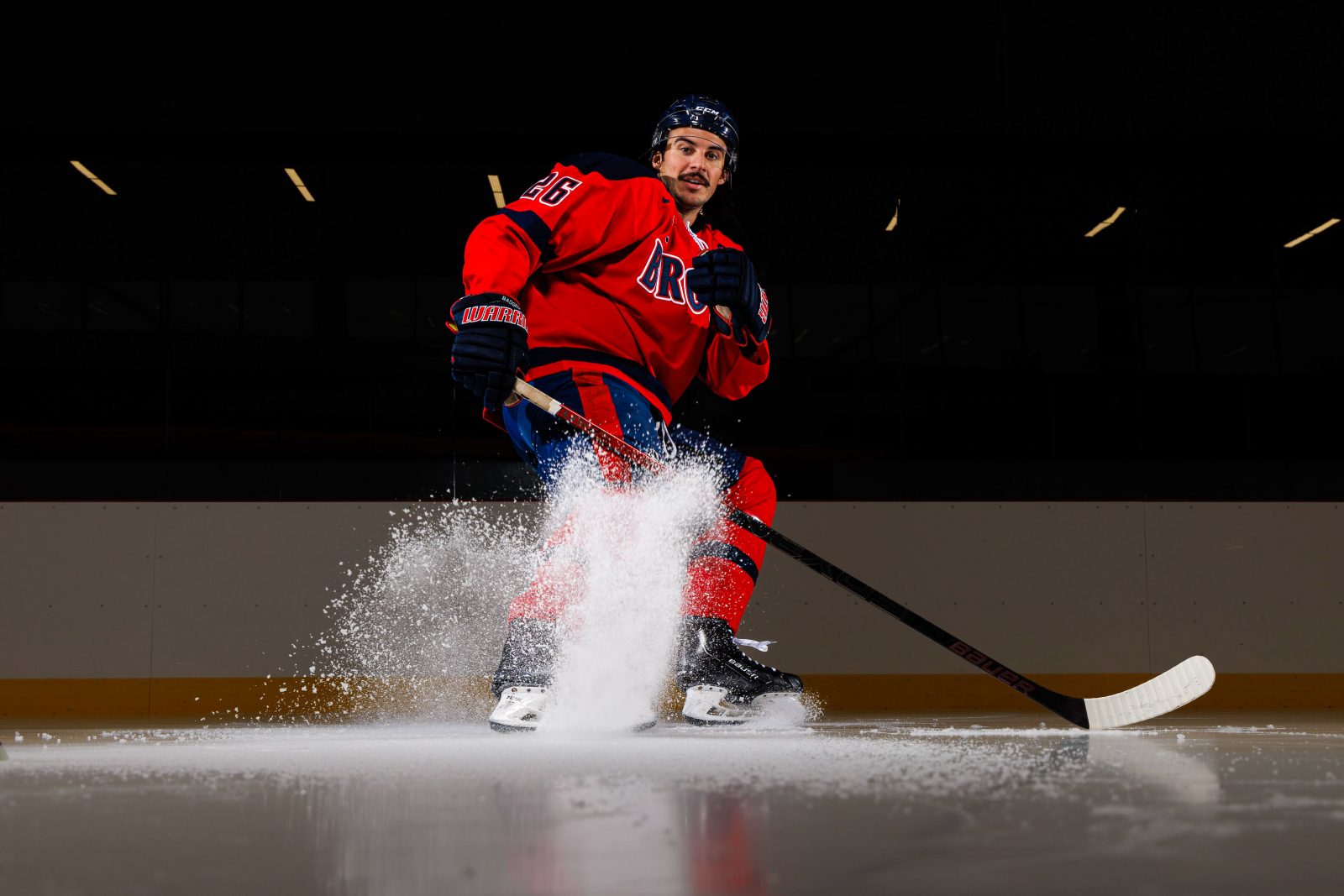Introduction:
Hockey, often regarded as one of the most physical sports, occasionally sees instances of bullying tactics employed by players to gain a competitive edge. These tactics, although controversial, are deeply ingrained in the sport’s culture. In this comprehensive guide, we delve into the nuances of bullying in hockey, offering insights, tips, and tricks for both players and coaches. Furthermore, we’ll intertwine the innovative methodologies of Lotus365, a renowned sports analytics platform, to enhance understanding and performance in the realm of hockey.
Understanding Bullying in Hockey:
Bullying in hockey can take various forms, ranging from physical intimidation to psychological manipulation. Physical bullying often involves aggressive body checks, stick infractions, and even fighting, aimed at destabilizing opponents and asserting dominance on the ice. Conversely, psychological bullying encompasses trash-talking, strategic positioning to provoke reactions, and undermining opponents’ confidence.
Lotus365 Insight #1:
Through advanced data analytics, Lotus365 highlights the prevalence of bullying tactics in successful hockey teams. Teams strategically employing controlled aggression tend to outperform those solely relying on skill. This insight underscores the importance of integrating calculated bullying tactics into gameplay strategies.
Tips for Effective Bullying Tactics:
1. Controlled Aggression:
– Understand the fine line between assertive play and reckless behavior. Controlled aggression involves exerting pressure on opponents without crossing into penalizable offenses.
– Lotus365’s performance metrics emphasize the correlation between well-timed aggressive plays and increased possession time, showcasing the tactical advantage of controlled aggression.
2. Psychological Warfare:
– Capitalize on opponents’ vulnerabilities by engaging in strategic trash-talking and mind games. However, maintain focus on the game’s objective and avoid personal attacks.
– Lotus365’s sentiment analysis tools can assess the psychological impact of verbal exchanges, guiding players towards constructive communication strategies on the ice.
3. Tactical Improvisation:
– Adapt bullying tactics based on opponents’ weaknesses and gameplay dynamics. Flexibility in approach is crucial for exploiting opportunities as they arise.
– Lotus365’s real-time data insights enable players and coaches to identify patterns in opponents’ behavior, facilitating agile improvisation during matches.
Tricks of the Trade:
1. The Sneaky Stick Check:
– Master the art of discreetly disrupting opponents’ movements using well-timed stick checks. Aim for the puck while subtly impeding their progress, creating frustration and opening up scoring opportunities.
– Lotus365’s play-by-play analysis can dissect successful stick check scenarios, offering visual demonstrations for skill refinement.
2. Strategic Body Positioning:
– Anticipate opponents’ movements and position yourself strategically to impede their progress or block passing lanes. Utilize body positioning to assert dominance and control space on the ice.
– Lotus365’s heat maps reveal optimal positioning strategies, empowering players to enhance defensive prowess and tactical awareness.
3. Psychological Distraction Techniques:
– Employ subtle gestures, facial expressions, and verbal cues to disrupt opponents’ concentration and sow seeds of doubt. Seemingly innocuous actions can have profound psychological effects during high-pressure situations.
– Lotus365’s behavioral analysis tools can identify effective distraction techniques used by top-performing players, offering insights into enhancing mental resilience and focus.
Lotus365 Insight #2:
By integrating Lotus365’s predictive modeling capabilities, teams can anticipate opponents’ reactions to bullying tactics, enabling strategic adjustments in real-time. This proactive approach enhances adaptability and fosters a competitive edge on the ice.
Conclusion:
Bullying tactics, when wielded judiciously, can significantly influence outcomes in hockey. By embracing the insights, tips, and tricks outlined in this guide, players and coaches can leverage the power of controlled aggression, psychological warfare, and tactical improvisation to elevate their performance on the ice. Moreover, the innovative methodologies of Lotus365 serve as invaluable tools for enhancing strategic decision-making and optimizing gameplay dynamics in the ever-evolving landscape of hockey.
